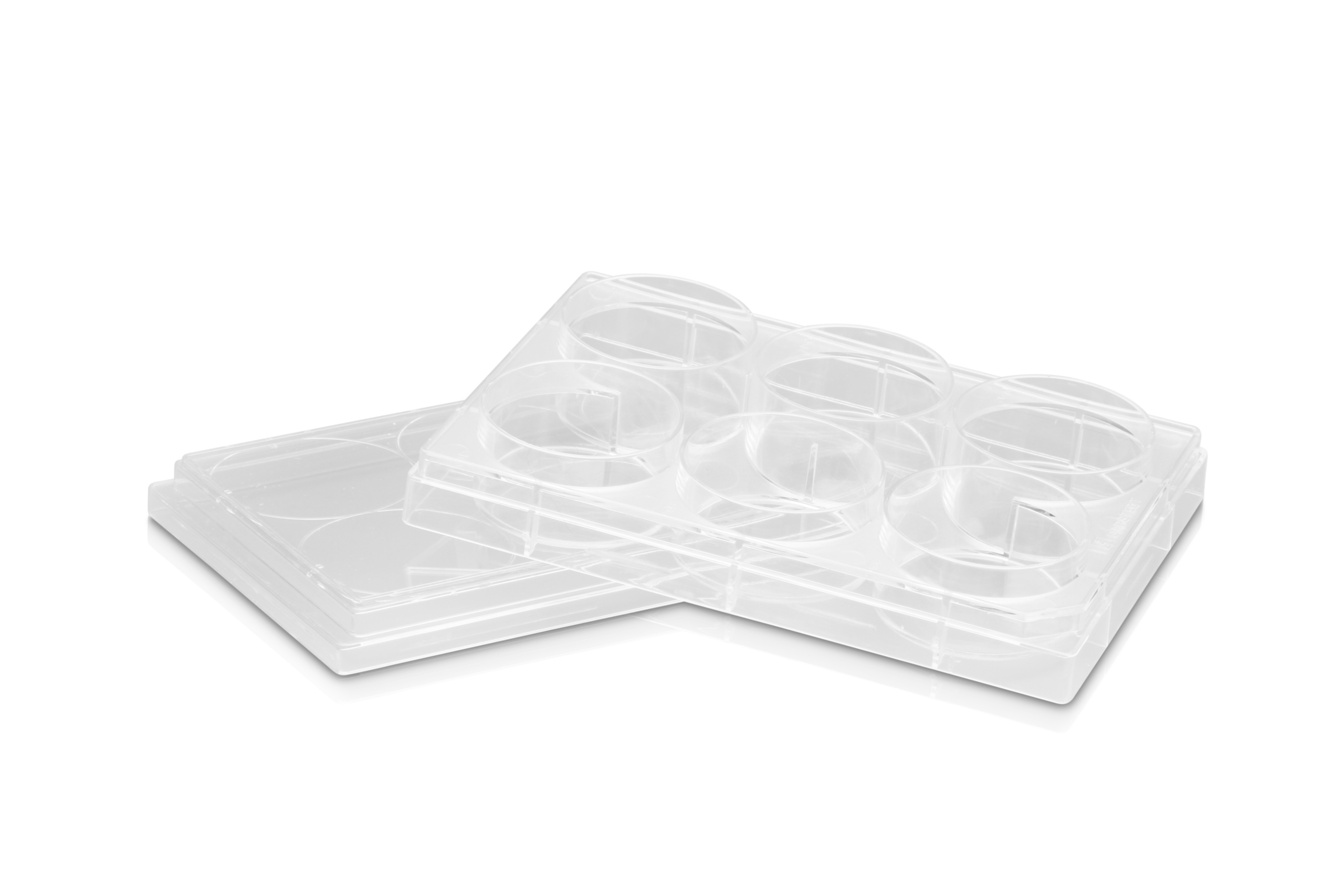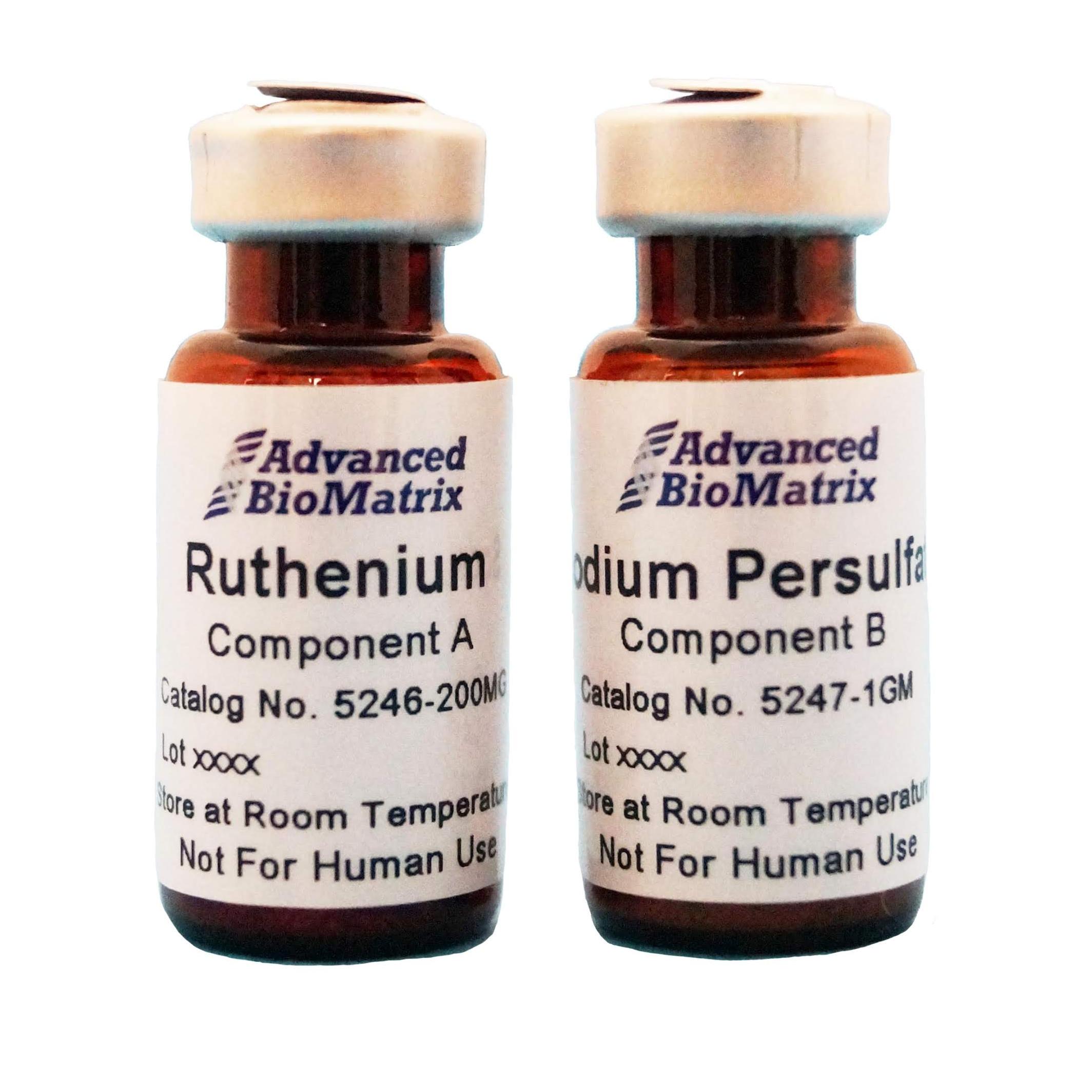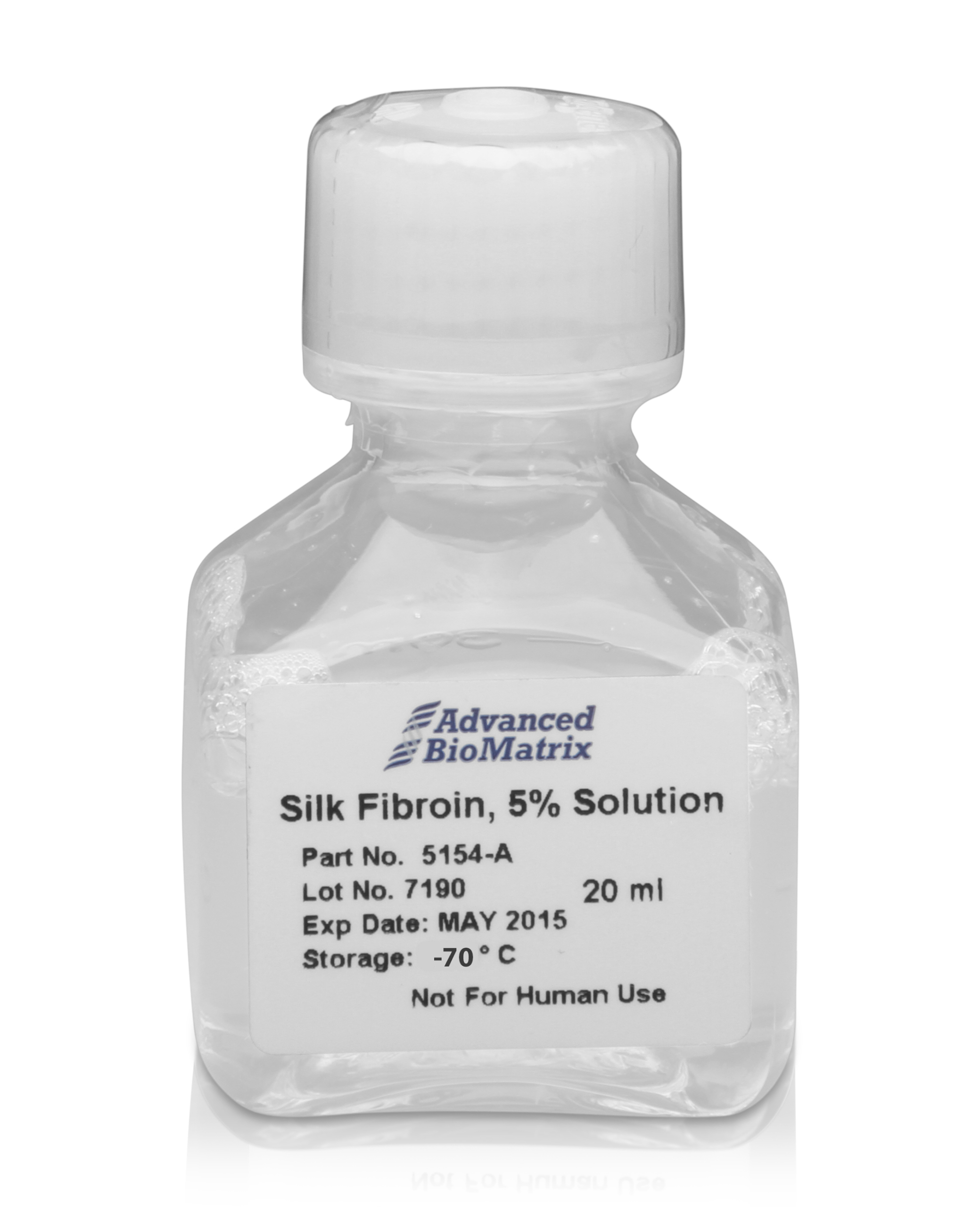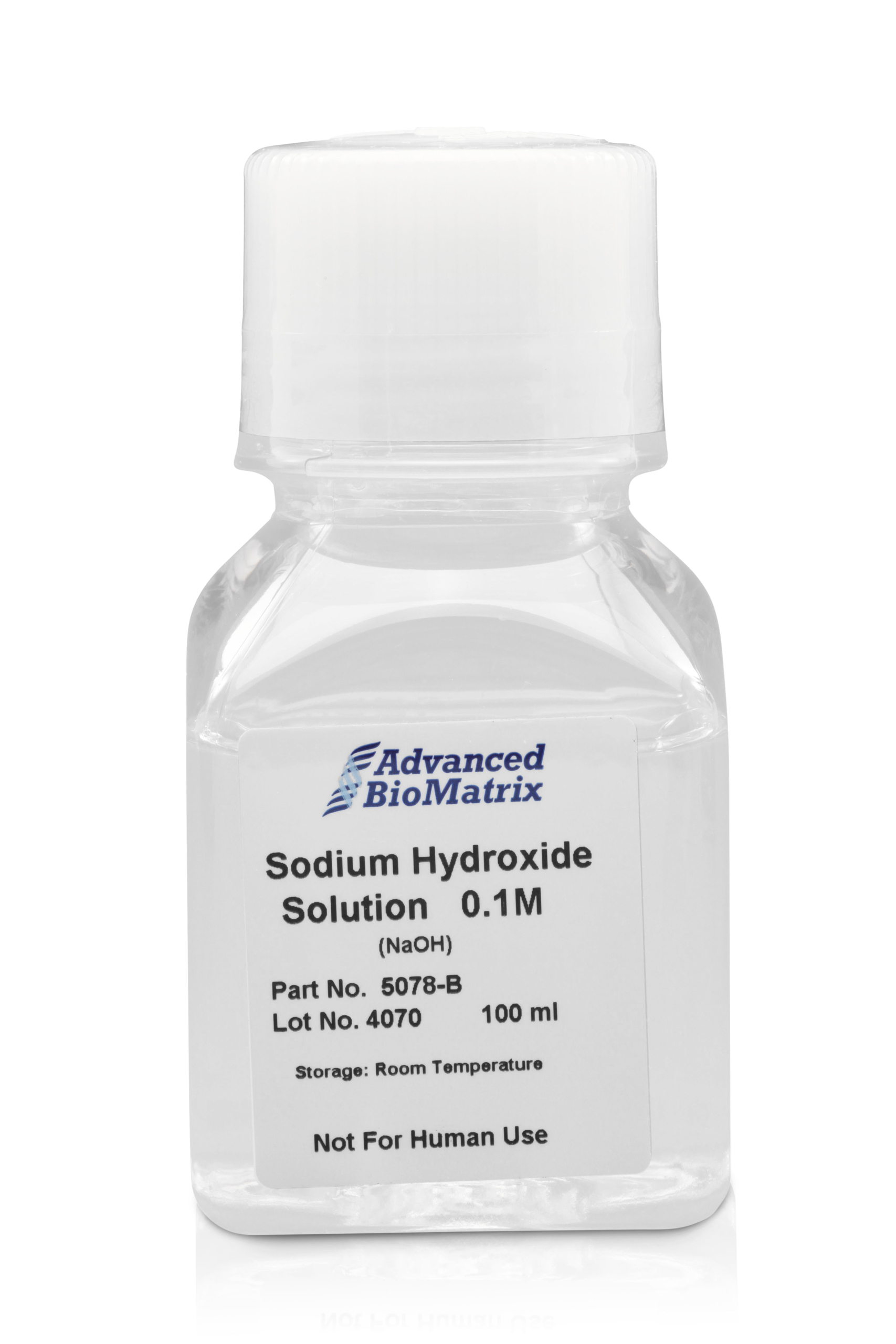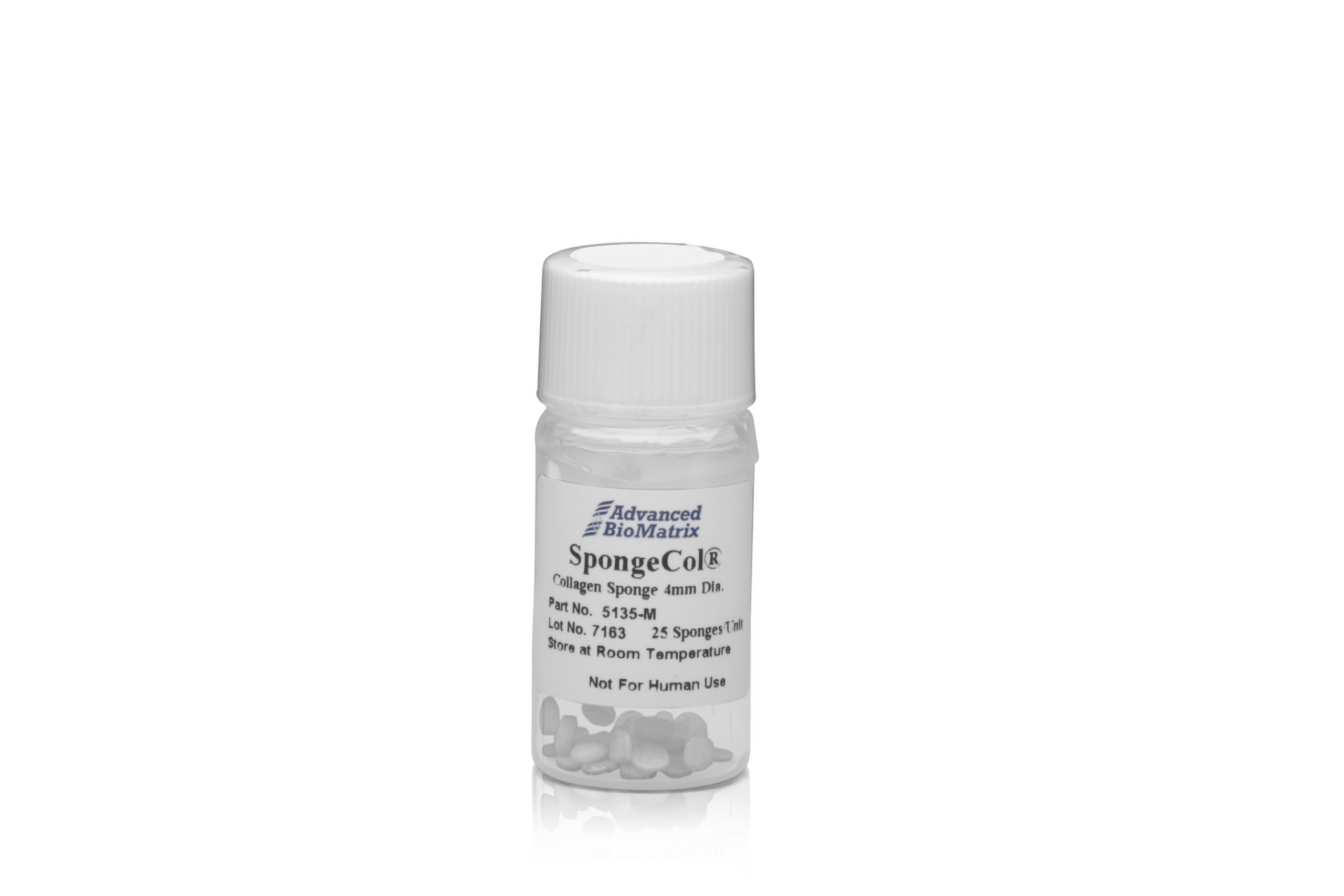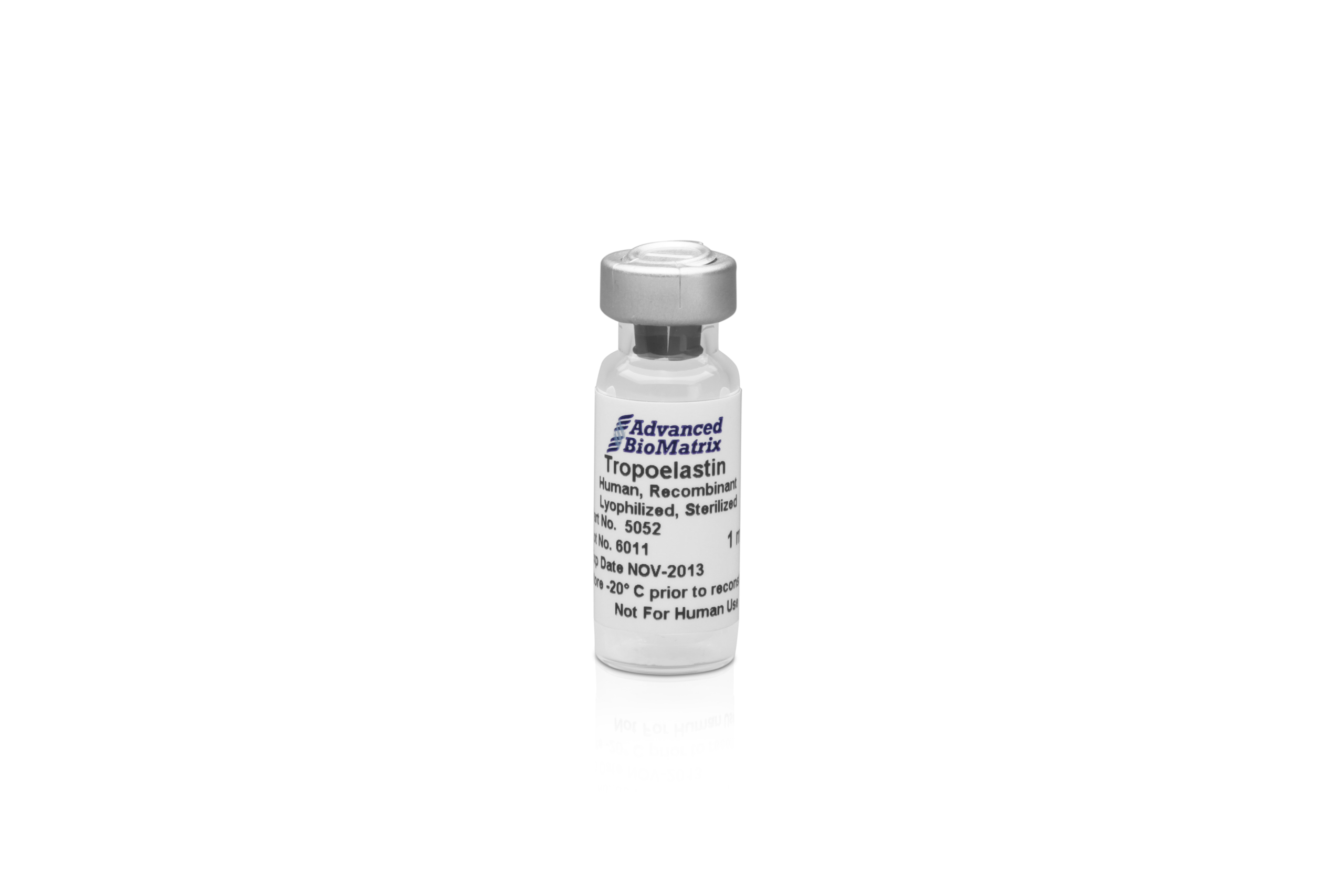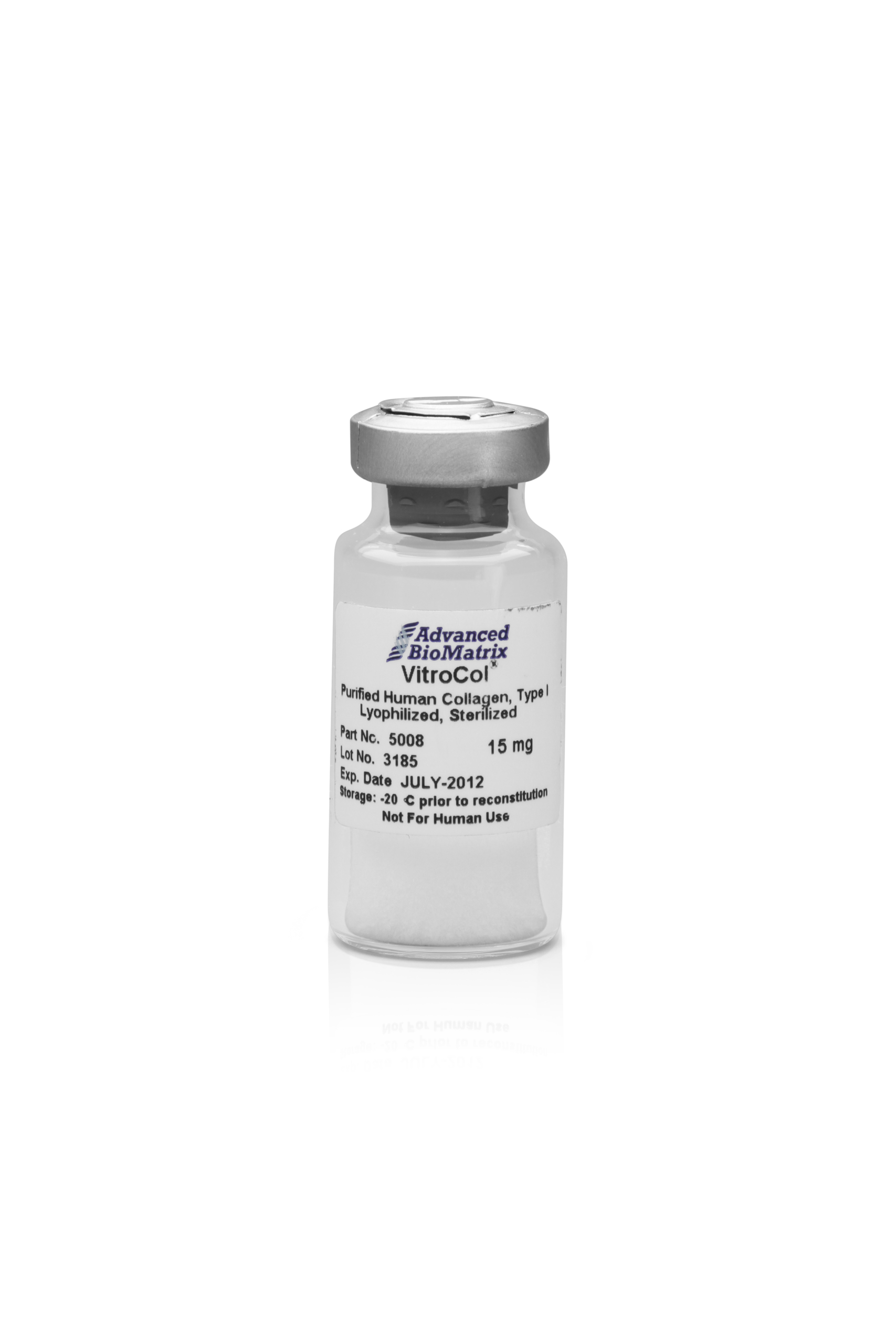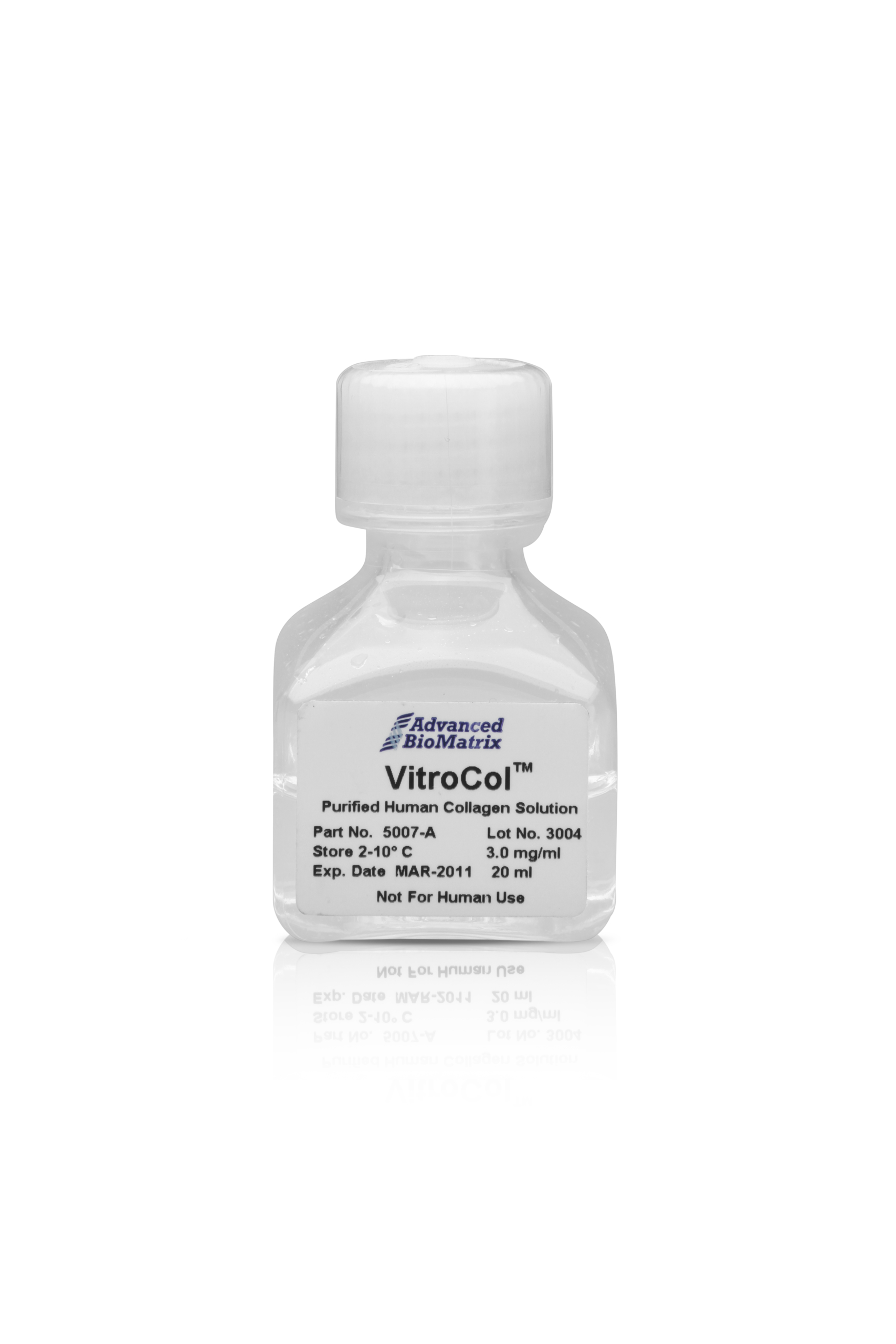Matrix Proteins / Bioprinting
Advantages of Three-Dimensional (3D) Cell Culture Systems over traditional 2D Models
The behavior of cells cultured in a three-dimensional (3D) environment more accurately mirrors cellular responses observed in vivo. 3D cell culture systems or so-called 3D models (an in-vitro experimental set-up) better represent the complex microenvironment found within the body’s tissues. Extensive research indicates notable morphological and physiological differences between cells cultured in a 3D environment compared to those in a traditional two-dimensional (2D) culture setup.
Exploring the Dimensional Dynamics: Implications of 3D Culture in Cellular Responses and Disease Modeling
The pivotal aspect of 3D culture lies in its additional dimensionality, playing a crucial role in eliciting distinct cellular responses. This dimensionality not only influences the spatial organization of cell surface receptors engaged in interactions with neighboring cells but also imposes physical constraints on the cells themselves. These spatial and physical aspects in 3D cultures significantly impact signal transduction processes, bridging external stimuli to internal cellular responses. Therefore, a 3D model (i.e. skin model, lung model, atherosclerosis model) can mimic important steps for cardiovascular research, lung research, and cancer research. (cell adhesion, invasion of cells, transmigration of cells through an endothelial layer, impact on extracellular molecules)
Key Biomolecular Players in Shaping the Structural Integrity of 3D Cultures
Moreover, biomolecules such as collagen (atelocollagen and telocollagen), elastin, laminin, adhesion peptides, and adhesion molecules play a crucial role in the structure and function of 3D cultures. These proteins contribute to the formation and maintenance of the extracellular matrix, influencing cell adhesion and promoting a more realistic replication of the natural tissue environment. The stiffness of the 3D environment also contributes to the differentiation of cellular responses.
Exploring Substrate Rigidity: CytoSoft® Plates for Fine-Tuning Cell Culture Conditions
The rigidity of the substrate (stiffness) to which cells adhere can have a profound effect on cell morphology and gene expression. CytoSoft® plates provide a tool to culture cells on substrates with various rigidities covering a broad physiological range 0.2, 0.5, 2, 8, 16, 32, 64 kPa.
In addition, to analyze the impact of different stiffness of the gel itself, methacrylated matrix proteins can be used (PhotoCol®, PhotoGel®, and PhotoHA®).
Exploring 3D Bioprinting for Biomimetic Tissue Models
During the last years a new technique was established to build gels with a 3D printer (called bioprinting). These models include the same biomolecules such as collagen (atelocollagen and telocollagen), elastin, laminin, adhesion peptides, and adhesion molecules and gives us a new look inside this fantastic world.
-
PureCol®, Collagen Coated, 6-well Plates
Cat.-Nr: 5073-5EA
PureCol® Collagen Coated, 6-well Plates with a flat bottom have a uniform and consistent application of high quality Type I collagen on clear... Read More
-
PureCol®, Collagen Coated, 96-well Plates
Cat.-Nr: 5072-5EA
PureCol® Collagen Coated, 96-well Plates with a flat bottom have an uniform and consistent application of high quality Type I collagen on clear... Read More
-
PureCol®, Collagen Coated, T25 Flasks
Cat.-Nr: 5029-10EA
Type III Collagen is typically used as a thin coating on tissue culture surfaces or as a control. Specific instructions are found in the Directions... Read More
-
RatCol® Rat Tail Type I Collagen + Neutralizing Solution
Cat.-Nr: 5153-1KIT
RatCol® Type I Acid Soluble Rat Tail Collagen (telocollagen) contains 100 mg at a concentration of approximately 4 mg/mL in a 0.02M acetic acid... Read More
-
RatCol® Rat Tail Type I Collagen for Coatings
Cat.-Nr: 5056-20ML
***This product is being discontinued*** Please use #5153-1KIT as a substitute. RatCol® Type I Acid Soluble Rat Tail Collagen (telocollagen) is... Read More
-
Ruthenium Visible Light Photocrosslinking Kit
Cat.-Nr: 5248-1KIT
The Ruthenium visible light photocrosslinking kit is ideal for tissue engineering, cell culture, and bioprinting, where tuning the mechanical... Read More
-
Silk Fibroin Solution, 50 mg/ml
Cat.-Nr: 5154-20ML
Advanced BioMatrix’s silk solution is approximately 50 mg/mL (5% W/V) of solubilized protein with a molecular weight of approximately 100k Da,... Read More
-
Sodium Hydroxide, Solution
Cat.-Nr: 5078-100ML
Sodium Hydroxide (NaOH) Solution 0.1M is formulated and prepared to use in conjunction with other products provided by Advanced BioMatrix. NaOH is... Read More
-
SpongeCol® Collagen Sponges with Columnar Pore Architecture, 21 mm Diameter Discs
Cat.-Nr: 5135-5EA
SpongeCol® is a collagen sponge with an interpenetrating, columnar porous architecture structure. SpongeCol® contains unique columnar porous... Read More
-
SpongeCol® Collagen Sponges with Columnar Pore Architecture, 4 mm Diameter Discs
Cat.-Nr: 5135-25EA
SpongeCol® is a collagen sponge with an interpenetrating, columnar porous architecture structure. SpongeCol® contains unique columnar porous... Read More
-
TeloCol®-10, purified Bovine Collagen, Solution
Cat.-Nr: 5226-20ML
TeloCol®-10 bovine collagen solution (telocollagen) is derived from an acid extraction process yielding a telopeptide-intact collagen. TeloCol® is... Read More
-
TeloCol™-3, purified Bovine Collagen, Solution
Cat.-Nr: 5026-1KIT
TeloCol®-3 bovine collagen solution (telocollagen) is derived from an acid extraction process yielding a telopeptide-intact collagen. TeloCol® is... Read More
-
TeloCol™-6, purified Bovine Collagen, Solution
Cat.-Nr: 5225-1KIT
TeloCol®-6 bovine collagen solution (telocollagen) is derived from an acid extraction process yielding a telopeptide-intact collagen. TeloCol® is... Read More
-
Tropoelastin, Human Recombinant, lyoph.
Cat.-Nr: 5052-1MG
Tropoelastin is the precursor to the elastin molecule. Elastin is found in many tissues of the body including the skin, arterial walls and ligaments.... Read More
-
VitroCol®, Human Collagen, lyophilized
Cat.-Nr: 5008-15MG
VitroCol® collagen is the first widely available, naturally produced purified human collagen for research purposes. VitroCol® sets the standard for... Read More
-
VitroCol®, Human Collagen, Solution
Cat.-Nr: 5007-20ML
VitroCol® collagen is the first widely available, naturally produced purified human collagen for research purposes. VitroCol® sets the standard for... Read More

